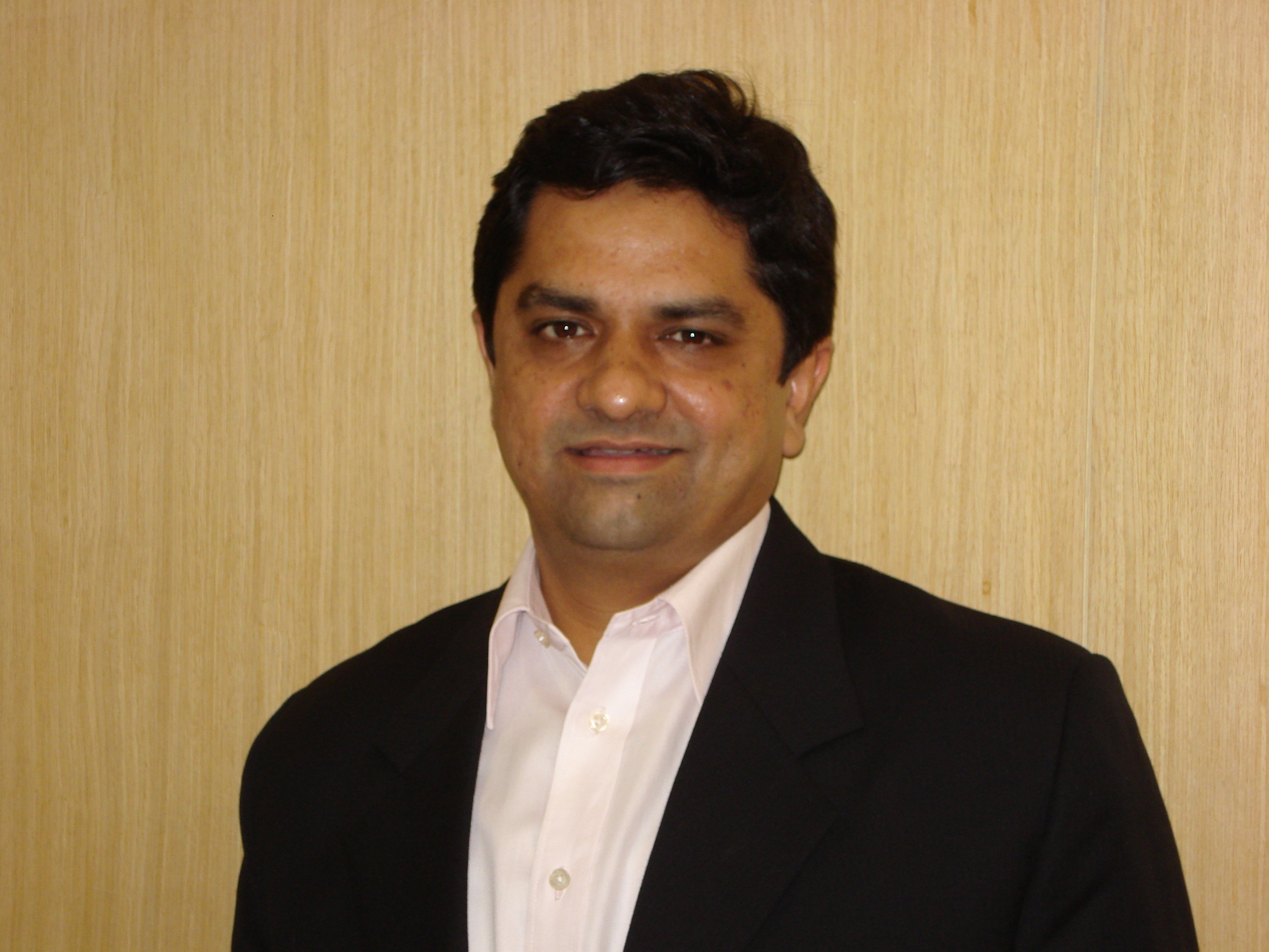
Key challenges to move towards smart cities in India-IV
By: Brotin Banerjee, MD & CEO, Tata Housing Track2Realty Exclusive:…

By: Brotin Banerjee, MD & CEO, Tata Housing Track2Realty Exclusive:…
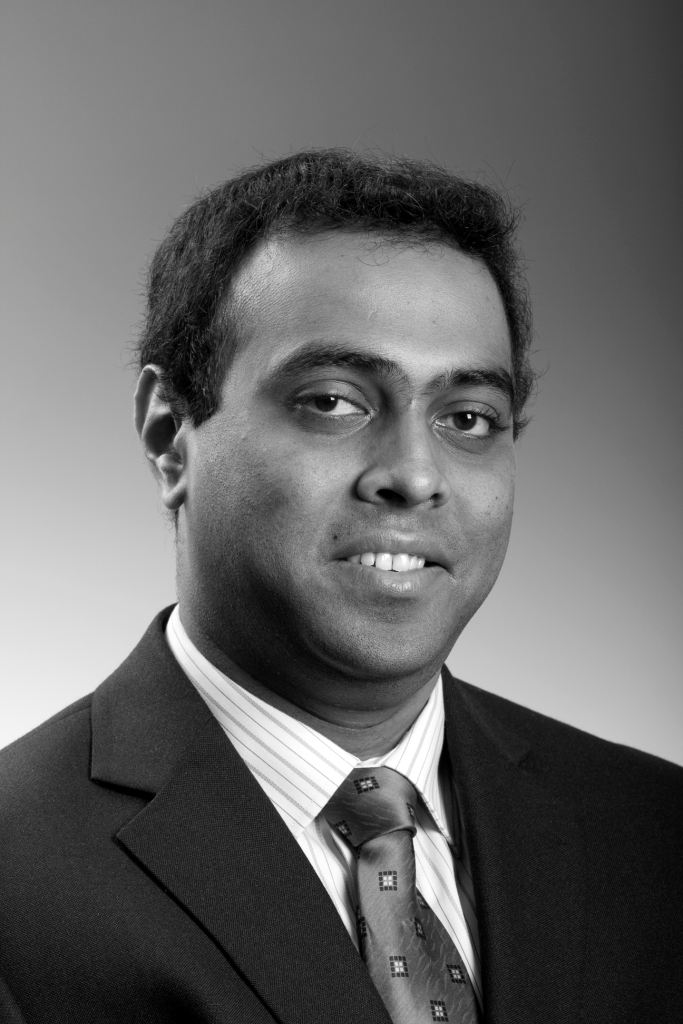
Track2Realty Exclusive: The spin in the century has brought a series of transformations for the Indian economy and influenced by this change, cities have become the focal point for future developments. As a result, the real estate sector is constantly transforming to meet the developing requirements. Even cities such as Bangalore, Chennai and Hyderabad in South India have acquired a place on the global real estate map – a standing that was restricted just to Mumbai and Delhi in the past.

Track2Realty Exclusive: Urban Planning, experts suggest, is based on the three-tier concept of engineering, architecture and social concerns. Each is incomplete without the other. While a city needs its share of road networks, it also needs space for, say drainage and it needs hospitals and schools and blood banks et al. although each city has separate agencies to deal with these needs, a central agency is needed to provide a holistic approach to crisis management and to contain chaos.

Track2Realty Exclusive: Mumbai, while being known for its ability to provide a livelihood for one and all, is infamous for having the highest population density in the world: close to 30,000 people per square kilometer, about three times that of Delhi.

Track2Realty Exclusive: The concept of city-states is centuries old. Ancient Greek cities of Athens, Sparta and Thebes were known to be poleis (singular polis) and what set them apart from their ‘non-poleis’ neighbors was these were self-governed and autonomous city-states. Relevant examples in today’s modern world are Singapore, Vatican City and Monaco.
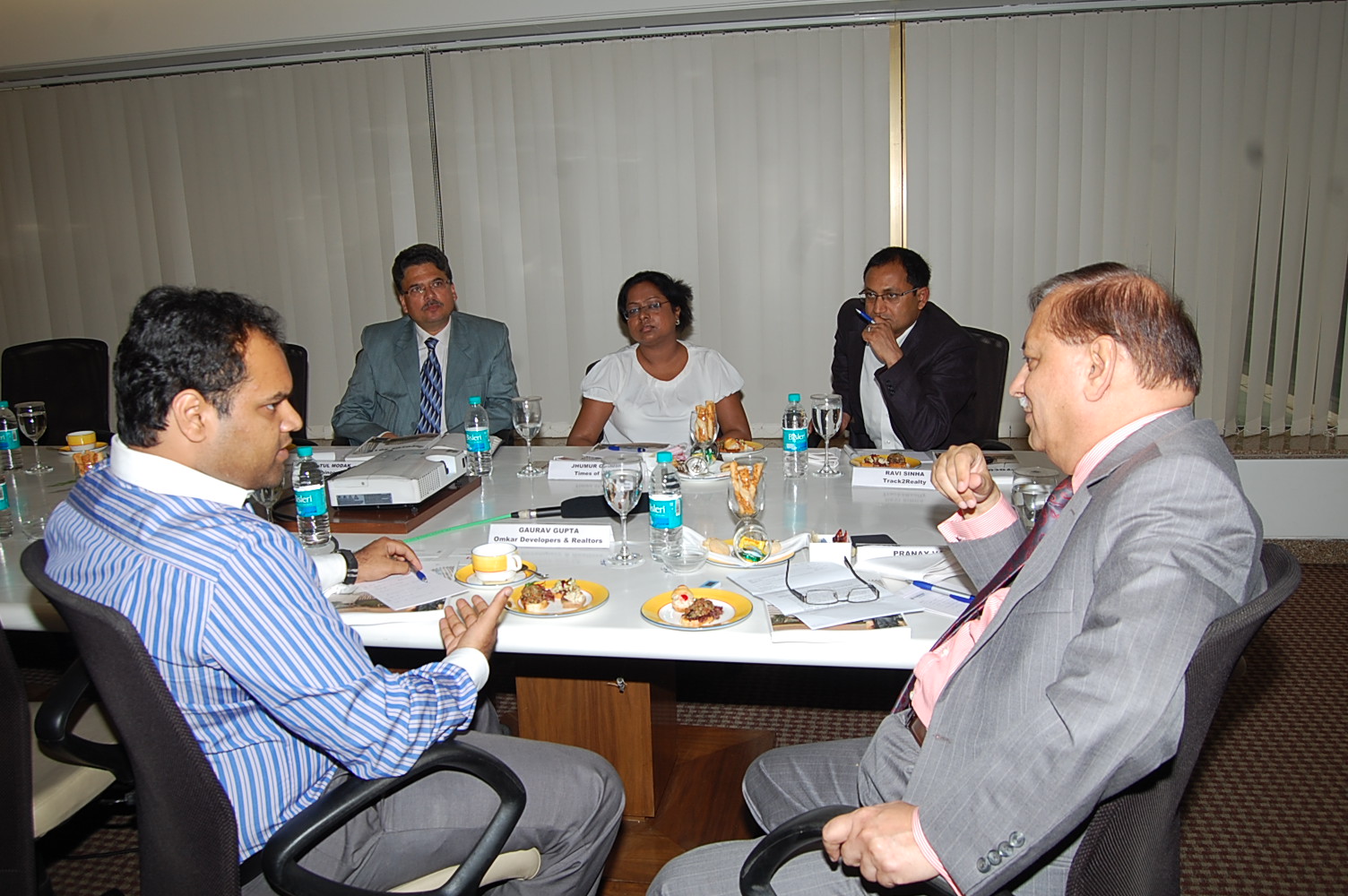
Ravi Sinha: Even in the Indian context, if you look at the places like Gurgaon. Had there been no infrastructure no one would be living over there and that is how NCR has evolved as a case study in satellite towns. But the disconnect is with the funding.
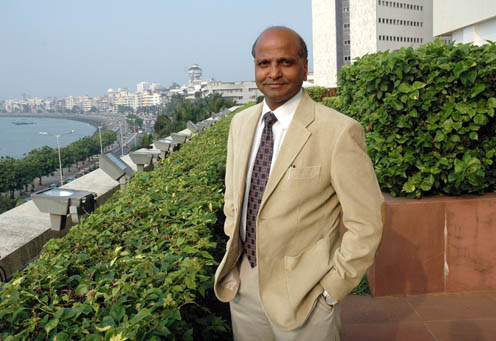
Track2Realty Exclusive: With the economy booming in India, the developers are to play an important part as the builders of the nation and are definite to become the most important stakeholders in urban development of the country.
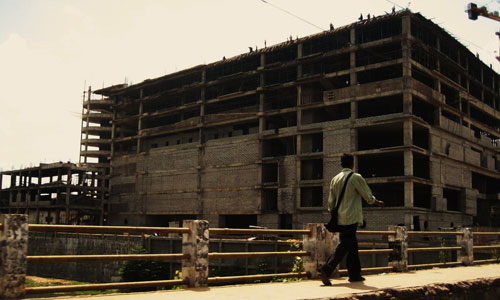
Track2Realty: In India, labour shortage is pegged to go up by 65 per cent by the next decade with more workforce moving from traditional brick and mortar industry like the construction and real estate sectors to more lucrative industries such as IT, ITeS, Banking and Telecom.
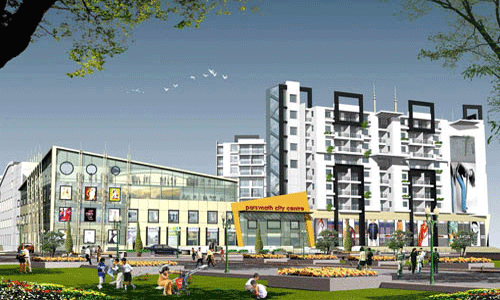
Track2Realty Exclusive-Yearly Analysis: DLF is raising funds by selling non-core assets, Godrej Properties raised funds through a QIP and HDIL is generating funds by selling transfer of development rights (TDR) and floor space index (FSI) — all to lighten the debt burden. Earlier, companies were building land banks and were rewarded for it in the stock market. Now, they are conserving cash to payback creditors.
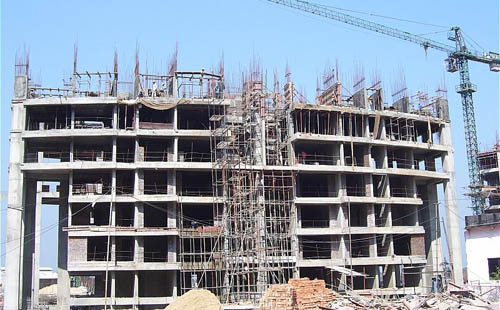
Track2Realty Exclusive-Yearly Analysis: In a market where the five largest firms saw 75 per cent erosion in their combined market capitalization, burdened with debt and struggling with poor growth, there are few lessons these realty companies have been forced to learn the hard way.
